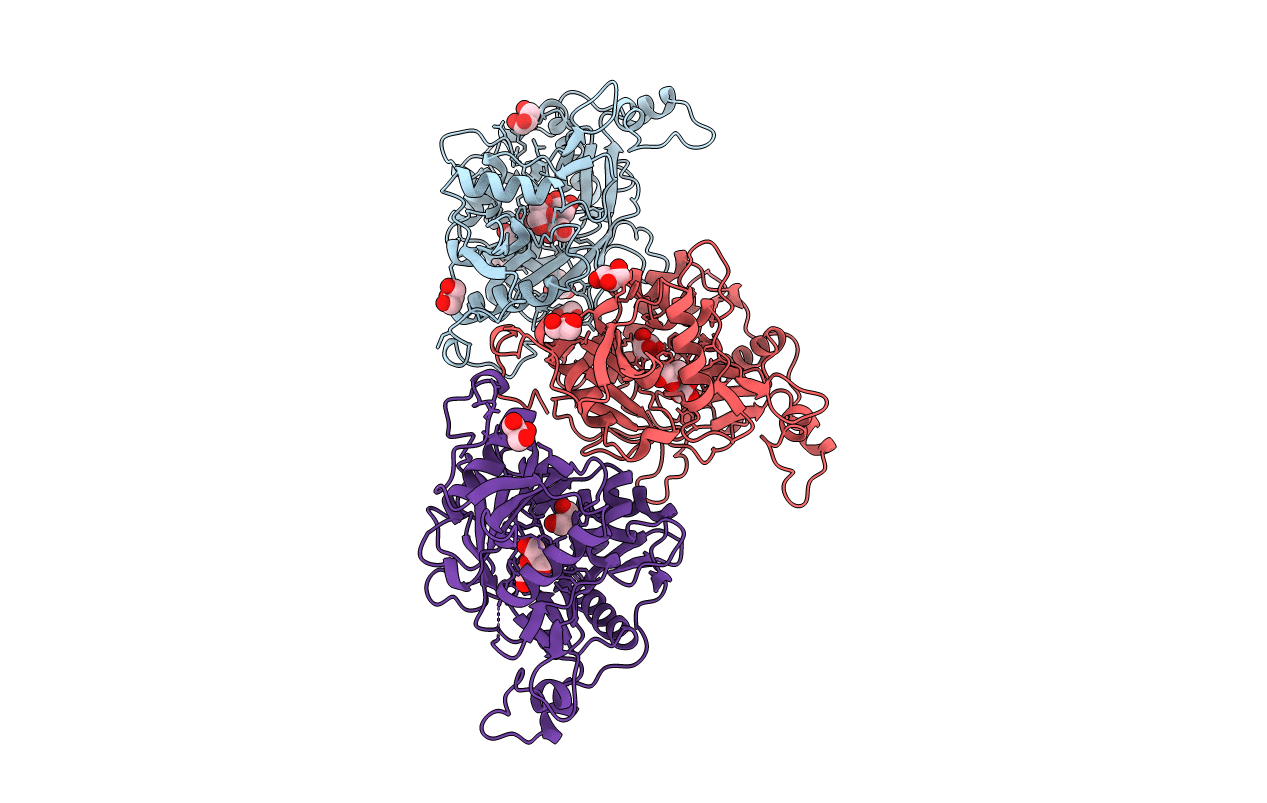
Deposition Date
1997-12-11
Release Date
1999-01-13
Last Version Date
2024-02-14
Method Details:
Experimental Method:
Resolution:
2.45 Å
R-Value Free:
0.25
R-Value Work:
0.21
R-Value Observed:
0.21
Space Group:
C 2 2 21


